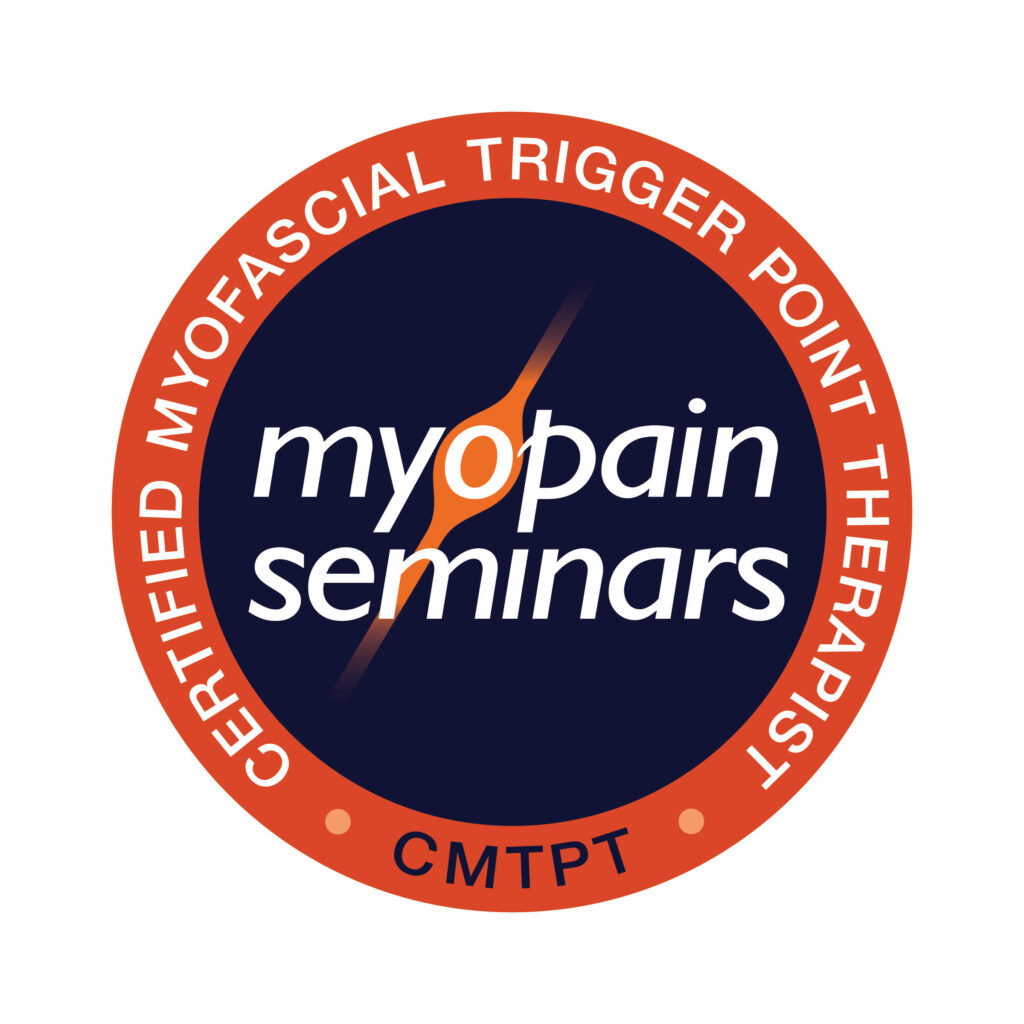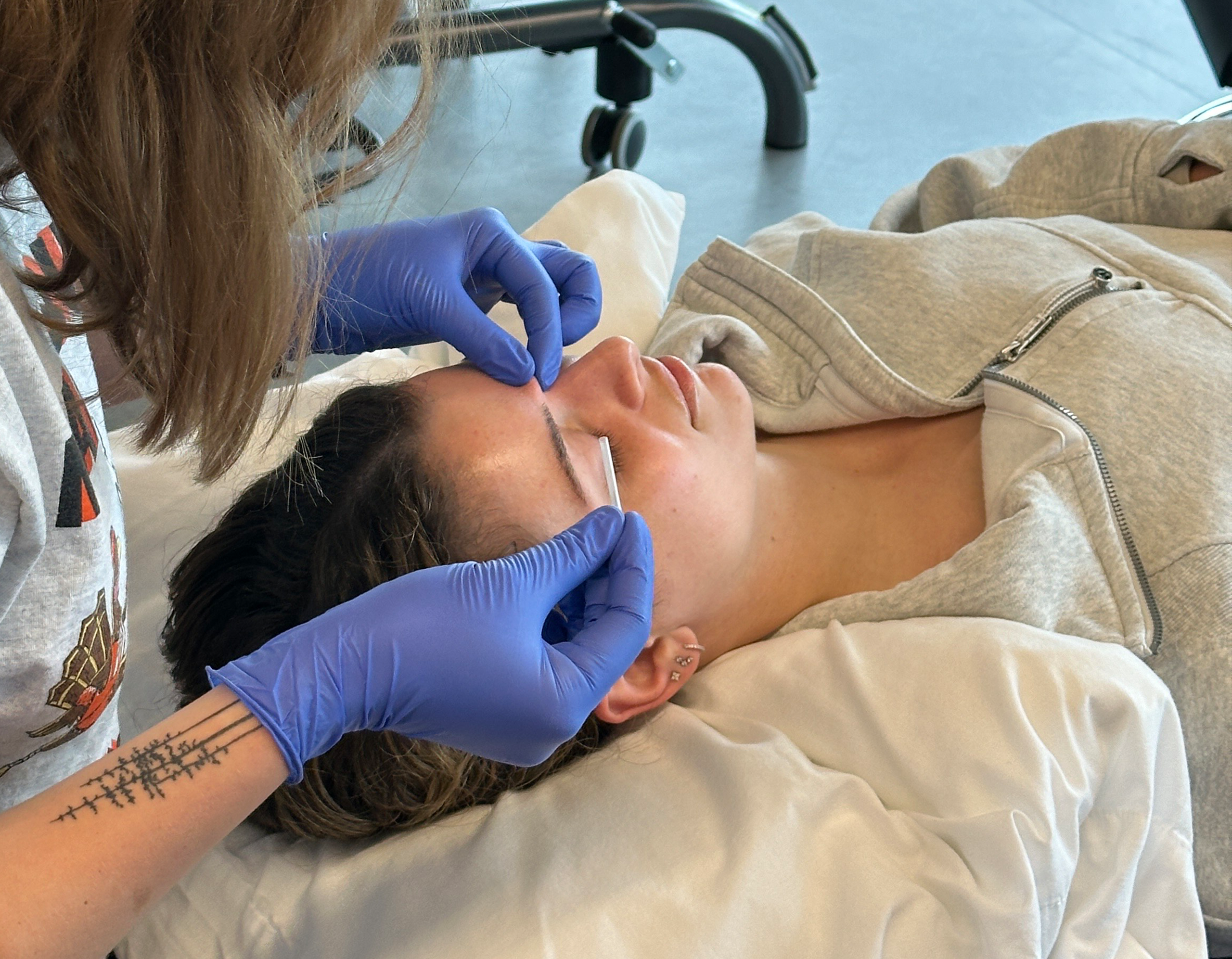Bryan Majano
Congratulations! You’ve earned your Dry Needling Certification, a notable achievement that positions you as a highly qualified clinician in the field of myofascial pain management.
But now that you’re certified, the question remains: how do you effectively market this expertise to attract more clients and stand out from the competition? Here are some practical strategies to help you leverage your certification and grow your practice.
1. Highlight Your Certification on All Platforms
Your dry needling certification is a key differentiator in a competitive field, so make sure it’s front and center in all your marketing efforts. Add your Certified Myofascial Trigger Point Therapist/Dry Needling (CMTPT/DN) credentials and Myopain DN Seal to your business cards, website, email signature, and social media bios. Prospective patients often look for specialists, and your certification signals you’re an expert.
 Action Steps:
Action Steps:
- Update your online profiles (LinkedIn, Google My Business, etc.)
- Incorporate “Certified Dry Needling Specialist” into all bios and marketing material.
- Add your Myopain Seminars DN Certification seal and link it back to the Myopain Seminars website.
- Write a blog post or create a social media post about the certification process and its patient benefits.
2. Use Testimonials and Case Studies
Word of mouth is powerful, especially when it comes to healthcare. Highlight positive outcomes and success stories from patients who have benefited from your dry needling expertise. Testimonials and case studies help potential clients understand the real-world impact of dry needling and give you credibility.
Action Steps:
- Ask satisfied patients for written testimonials, video reviews, or Google and Yelp reviews in post-service marketing emails or by placing pre-made decals with QR codes around your office space.
- Share before-and-after case studies showcasing improvements in pain management, mobility, or overall well-being.
3. Educate Your Audience
Many people are still unfamiliar with dry needling and its benefits. Position yourself as a thought leader by educating potential clients through blogs, webinars, workshops, and social media. The more informed your audience is, the more likely they’ll trust you to address their pain management needs.
Action Steps:
- Host educational workshops or webinars about the benefits of dry needling.
- Create blog content that explains how dry needling can treat conditions like back pain, muscle stiffness, or athletic injuries. We welcome you to reference the Myopain Seminars blog for inspiration!
- Share educational videos on your social media platforms explaining the process and science behind dry needling.
4. Network with Other Healthcare Providers
Collaborate with physical therapists, chiropractors, massage therapists, and other healthcare professionals. Your certification sets you apart, and networking with others in the industry can lead to referrals and cross-promotion.
Action Steps:
- Attend local healthcare events, seminars, and networking groups.
- Send introductory emails or letters to local healthcare providers explaining your services and expertise.
- Offer a free consultation or demo session to local providers to show them how dry needling works.
5. Offer Special Promotions for First-Time Clients
Getting new clients in the door is one of the biggest hurdles in any practice. Offering a discounted first session or bundled service package can be a great way to introduce patients to dry needling while setting them up for a series of treatments.
Action Steps:
- Promote an introductory offer for first-time dry needling clients.
- Create package deals that combine dry needling with other services you offer.
- Advertise promotions on your website, social media, and through email campaigns.
6. Create a Specialized Treatment Plan
Patients want personalized care that addresses their unique needs. Create specific treatment plans for common conditions you treat using dry needling, such as plantar fasciitis, lower back pain, or tension headaches. Market these treatment plans as specialized services that provide quicker, more effective relief.
Action Steps:
- Develop a treatment plan for specific conditions that dry needling can address.
- Create marketing materials that showcase these plans and highlight their success.
- Use targeted social media ads to reach specific demographics based on the conditions they might suffer from.
7. Leverage Social Proof
If you’re seeing consistent, successful outcomes, share them! Whether it’s a glowing testimonial or your growing list of followers and patients, this “social proof” reinforces your credibility and expertise.
Action Steps:
- Share photos, videos, and client testimonials on your social media.
- Encourage satisfied clients to leave positive reviews on Google or Yelp.
- Share your achievements and success stories in your email newsletters.
8. Stay Engaged with Your Certification Provider
Don’t forget that the organization that certified you can be a valuable resource. Many offer continuing education opportunities, marketing materials, and networking events to help their graduates succeed.
Action Steps:
- Attend any post-certification courses or workshops to stay up-to-date with the latest dry needling techniques.
- Use any available logos or materials from your certification provider in your marketing.
- Stay active in alumni networks or forums to connect with other certified professionals.
Final Thoughts
Your dry needling certification not only sets you apart from other practitioners but also serves as a powerful marketing tool. By implementing these strategies, you can effectively promote your skills, attract new patients, and ultimately build a thriving practice that benefits both you and your clients.
Photo by Antonika Chanel on Unsplash
The Obvious Choice for Dry Needling Education
Dry Needling Course Series

The Dry Needling 1 course is an excellent starting point for learning the fundamentals of dry needling therapy. With a focus on the safe and effective application of dry needling techniques, you will gain a solid understanding of myofascial trigger points, needling techniques, precautions, and how to apply these techniques in clinical practice.

The Dry Needling 2 course is an intermediate-level course that provides in-depth knowledge and hands-on training for dry needling techniques of the extremities, including the upper and lower body. By completing this course, you will expand upon the skills you acquired in the DN-1 course and better understand the application of dry needling for managing musculoskeletal pain and dysfunction.

The Dry Needling 3 course is the final course in the series and the last step before becoming a Certified Myofascial Trigger Point Therapist – Dry Needling (CMTPT/DN). This course offers an in-depth study of advanced dry needling techniques for hand muscles, several lower extremity and foot muscles, the craniofacial and craniomandibular muscles, and more.

